The Aubrac plateau
A land of character
Our cutlery is also named after the birthplace of the Laguiole knife: Aubrac. This deserted region, a high plateau with enchanting beauty, offers unique landscapes, a preserved and wild nature.
Alto Braco
The origin of the word ‘Aubrac’ comes from the local language of our region: the Occitan. It is made up of the words ‘alto’ and ‘braco’, which together give an accurate description of this unique and legendary region.
‘Alto’ means ‘high’
Alto’ means ‘high’ – Aubrac is a group of high basaltic and granitic plateaux rising to an altitude of 1469 metres. Its inhabitants are affectionately called ‘the mountain people,’ referring to the rigorous, sometimes extreme environment of the massif. In winter, the highlands of Aubrac are swept by the breath of the wind, and the sky, initially a brilliant blue, can quickly change to gray and black with heavy snowstorms.
‘Braco’ refers to wetlands and mud
Water is everywhere on the Aubrac plateau. The ‘boraldes’, short meandering streams, run across the plateau and then descend into the woods before flowing into the Lot as torrents. Numerous lakes, of volcanic and glacial origin, dot the vast green pastures in shades of blue. Peat bogs are characteristic of the Aubrac, creating a unique ecosystem that is home to many unusual animal and plant species.
AUBRAC, A LAND OF CHARACTER
Several million years ago, Aubrac was volcanic.
The basalt and granite are strikingly visible in the form of organs, chimneys and boulders scattered across the landscape, bearing witness to this explosive past.
In contrast, the lava flows have shaped a plateau with beautiful curves, offering a breathtaking backdrop of infinite expanses.
Aubrac brings us back to the essentials. Beyond this magnificent nature, people have preserved the know-how and traditions that define the authenticity of our region.
The breeding of the cows bearing its name, the Aubrac race, dates back to the Middle Ages with the most famous of traditions: transhumance. Herds adorned with bells and flowers ascend the mountains from late May to mid-October, enjoying the beautiful pastures and a both rich and diverse flora.
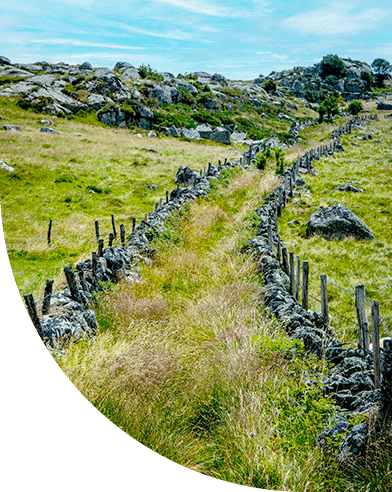
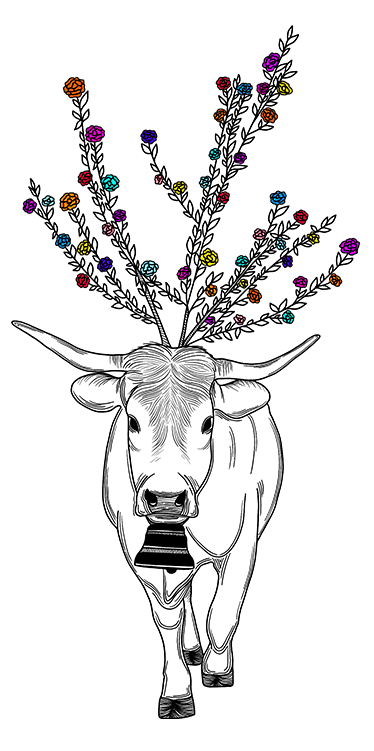
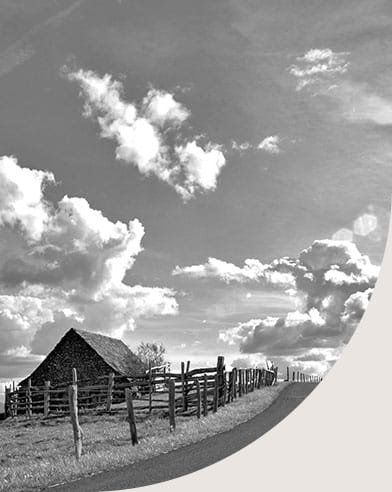
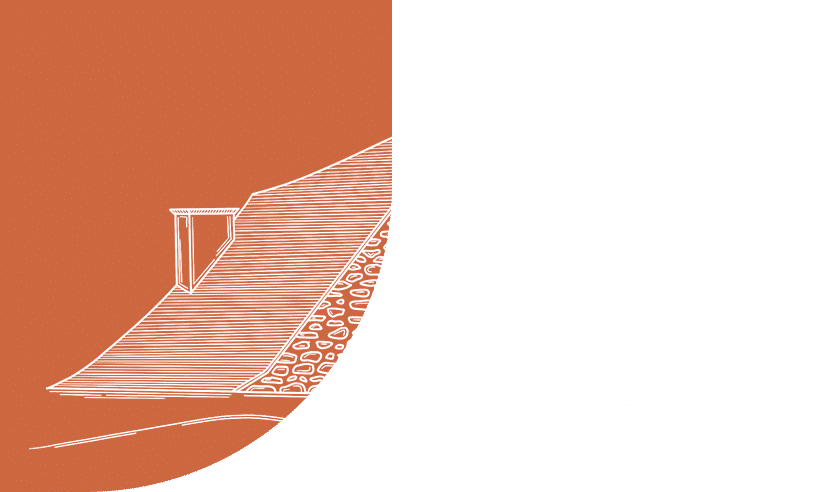
Burons are also an integral part of Aubrac and its identity. These shepherd shelters, built of stone and topped with a lauze roof, were once used for cheese production.
Today, the famous and delicious Laguiole cheese is produced in a cooperative following traditional cheese-making practices.
Many burons now welcome locals and tourists to enjoy aligot, this Aveyronnais cheese specialty, in an authentic and preserved setting.
The knife is emblematic of the Aubrac region. The ‘capujadou’ (pronounced ca-pu-tcha-dou) was once carried by buronniers and peasants.
It has a fixed blade and a rounded handle, usually made of wood. The capujadou was manufactured until the 1920s.
From then on, the Aubrac became inseparable from the Laguiole knife.
It is both an all-purpose companion for everyday use and an object of art that captivates with its beauty and history.
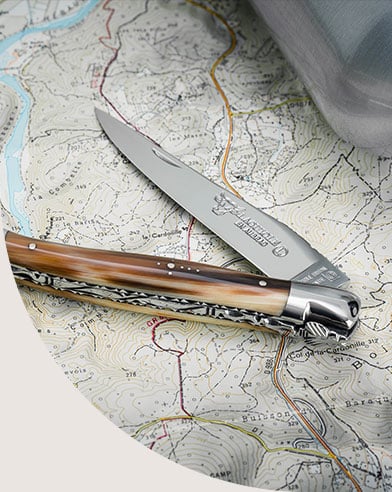
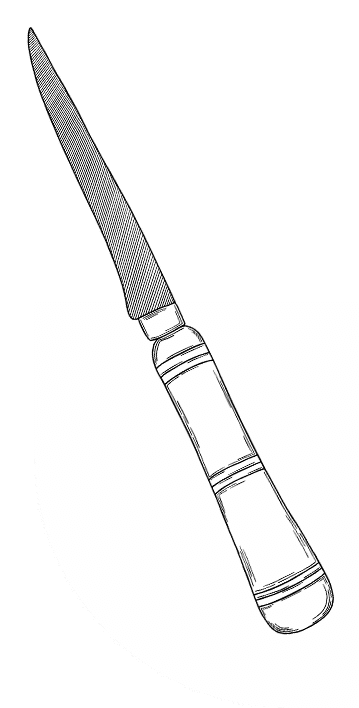
THE MOST FAMOUSE KNIFE IN FRANCE
In the early 1800s, a humble peasant knife was born in Laguiole, a small mountain village in North Aveyron. Its famous bee, a symbol of prestige and quality adorning its spring, would make it the most famous knife in France.

